Who should consumers trust in the first tier of intelligent cockpits?
The Huayu Award is working on establishing a set of evaluation standards for intelligent cockpits that are understandable to consumers and recognized by the industry.
At new car launch events or on various media platforms, nine out of ten car companies claim that their new car's intelligent cockpit is "industry-leading" or "in the top tier." Some emphasize "9-screen interconnectivity," others boast "instant voice response," while some focus on "AI proactive service."
For consumers, most of these marketing phrases are like seeing flowers in the fog: for instance, vehicles labeled with "smart cockpit" might only allow the voice assistant to execute a few fixed commands, and if you change the wording or ask differently, the system might just say, "Sorry, I can't do that yet." Some smart cockpits hide settings so deeply that it seems they are afraid consumers will easily find them. Additionally, some features are designed to be intelligent for the sake of intelligence, resulting in poor user experiences and even potentially compromising driving safety.
In the midst of various claims of being "the best," is it possible to have a set of stringent standards and systems to evaluate the majority of smart cockpits on the market? This is not only a pain point for consumers when choosing a car but also something the entire industry needs to summarize and consider during its development. The ranking list provided by the Huayu Awards is currently the most convincing existence, based on a long-term research and technological validation evaluation system, which has become the key to solving the "marketing chaos."
In 2022, the "Huayu Award" was established, jointly initiated by J.D. Power and Tongji University's HVR Lab (Human-Vehicle Relationship Laboratory). Each party contributes its expertise in consumer insights and human-vehicle interaction research to the award. With the rise of the AI wave, the Huayu Award has introduced XAI Lab (Fenghuo Intelligent Laboratory) as an authoritative AI evaluation partner. The aim is to provide consumers with a clear representation of outstanding examples of smart cockpits in the market amidst the dazzling array of options, helping them make more informed decisions when purchasing a car. Additionally, by sorting out and deeply analyzing these benchmark models and technologies, the award seeks to find directions for future foresight and innovation in the industry.
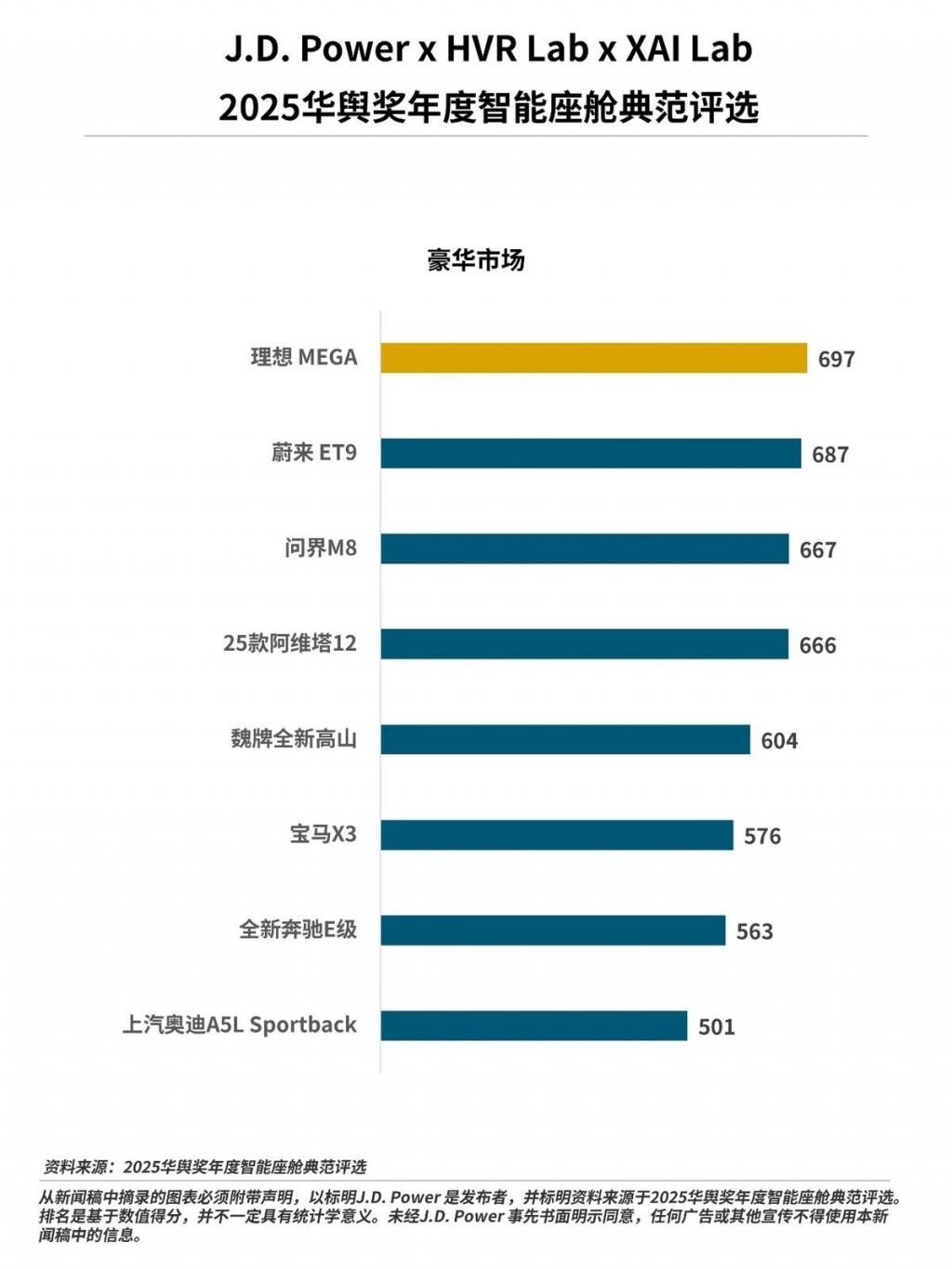
Based on J.D. Power's 57 years of research experience, the HVR lab's human-vehicle relationship laboratory, and the XAI lab's Beacons of Fire intelligent laboratory's technological support, a set of evaluation systems for intelligent cockpits "focusing on data rather than advertisements" has been developed, precisely addressing the pain points of the industry and consumers. The first batch of selected luxury market intelligent cockpit rankings basically aligns with the majority's perception of these products' intelligent cockpit capabilities.
The smart cockpit is not just a big screen; the experience is the most important.
"The first half is new energy, and the second half is intelligentization." The global automotive industry has now entered the new era of smart cars, which has almost become a consensus in the industry. Users' attention and demand for intelligentization are also very high, which drives car companies to focus on intelligentization as the core part in marketing and communication.
Intelligence can actually be divided into intelligent cockpits and intelligent driving. Compared to intelligent driving, which currently has incomplete regulations, questionable safety, and varying user demands, the field of intelligent cockpits is more emphasized by major car companies because the static experience is more intuitive and accessible.
From new forces to traditional independent car companies, and now to major international car brands, their investments in smart cockpits have gradually begun to show results. In the latest models released across various categories, features such as large screens, richer applications, voice control, and AI functionalities have brought the smart cockpit experience from new energy vehicles to full coverage of fuel-powered cars.
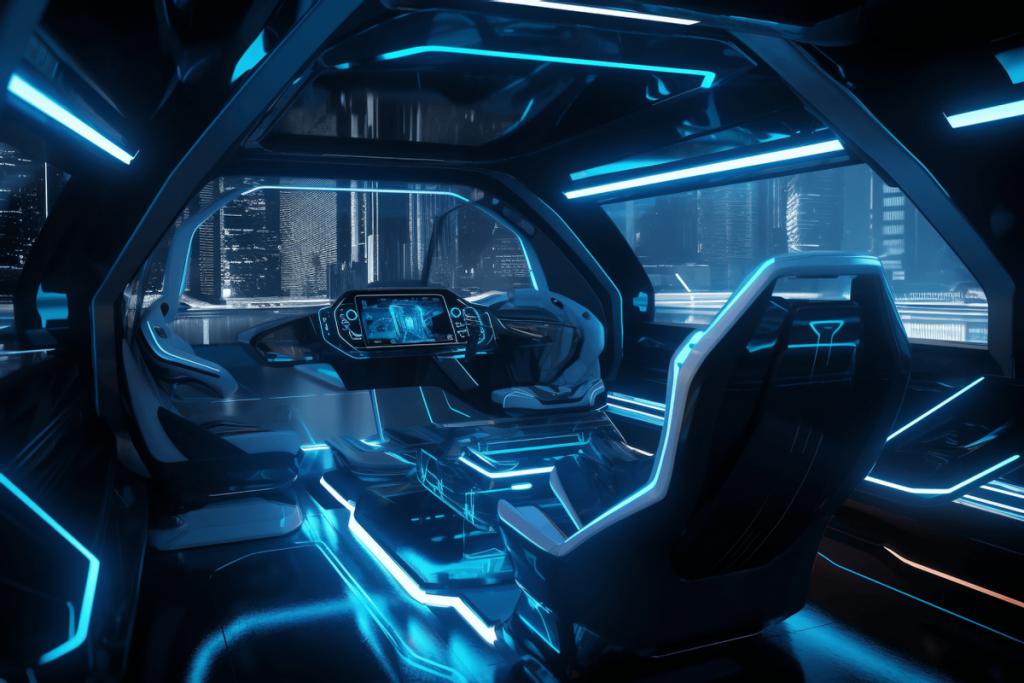
The consumer's focus on smart cabins is an inevitable result of cars transitioning from a means of transportation to a "third space." In the past, driving was a "single task," but now it has to accommodate multiple scenarios such as commuting, childcare, working, and leisure. Therefore, I believe that smart cabins are not just about the number of screens or the advanced chips used; it's more about the provision of experience. As a result, the "experience difference" of smart cabins directly determines the happiness of car usage.
In the most frequently used commuting scenarios for daily car use, "efficient interaction" becomes the greatest necessity. During the process of driving to and from work, looking down to operate the screen is not safe. At this time, the "response speed" and "comprehension ability" of the voice assistant become crucial.
Consumers frequently use voice functions to adjust navigation, control the air conditioning, and change music while driving. If there is a delay or a high error rate in recognition, it can lead to frustration. This is why some cars are criticized for "not responding even after being called three times," while others are praised for "understanding commands like 'navigate to the office first and then buy a coffee.'" The "intelligence" of a smart cockpit must first address the efficiency issue of "hands-free driving."

Taking the Li Auto MEGA, which won the Luxury Car Intelligent Cockpit Champion at the Huayu Awards, as an example, it scored very high in the human-vehicle interaction scenarios, especially in terms of the in-car entertainment system, in-car interaction, and personalization scenarios, where user ratings were very high.
In the context of family cars, it's not enough to just meet the needs of the driver; "full adaptation for all passengers" is what qualifies as acceptable. When traveling with children, parents need "the rear seats to play cartoons, while the front seats control the volume," and elderly passengers require simple voice commands. In the past, cockpit design only considered the driver, but now it needs to cover all scenarios: "driver - front passenger - rear seats - children." For example, is there an independent entertainment screen in the rear? Does it support "child mode"? This is proof that "scenario adaptation" is more important than merely "adding screens."
For example, whether the cockpit has the ability for a "seamless experience": during a weekend camping trip, users want to "voice activate the outdoor lights and adjust the ambient lighting," rather than going through five or six steps on a screen; during a lunch break, they hope to one-click "automatically recline the seat and set the air conditioning to 26 degrees," instead of manual operation. In some high-frequency specific scenarios, such as automatically turning on the seat and steering wheel heaters when it's cold, can the owner set some automatic actions themselves? This kind of "one command to accomplish complex operations" seamless experience relies on the intelligent cockpit's understanding of user habits.
In the in-car interaction field, leading brands like NIO and AITO have already taken the lead in breaking through the traditional passive response model, initially achieving an experiential upgrade from "command execution" to "proactive anticipation." In the future, the experience stratification of in-car interaction will revolve around two core directions: on one hand, the deepening of proactive service anticipation capabilities, such as achieving multi-intent parallel processing for multi-passenger scenarios; on the other hand, breakthroughs in cross-device generalization capabilities, such as seamlessly extending unfinished commands from the car system to the mobile phone for continued execution. These two capabilities will become key indicators for measuring the quality of in-car interaction experiences.
Assessment is not based on subjective scoring; it requires a scientific system.
Currently, industry evaluations of smart cockpits are largely based on the perceptions of a select group of individuals or judges. At a more advanced level, some may conduct user surveys and scoring, but this does not lend sufficient credibility to the rankings. More often than not, when consumers see a ranking that differs from their own understanding, they are quick to think, "Did someone pay for this?"
Therefore, the three main strengths of the Huayu Award come from the evaluation logic of "not relying on subjective feelings, but relying solely on data and technology." In particular, the user research system accumulated by Jundi over 57 years, along with the technical support from HVR lab and XAI lab, provides hard indicators for determining the "first tier," rather than relying on "judges' gut feelings."
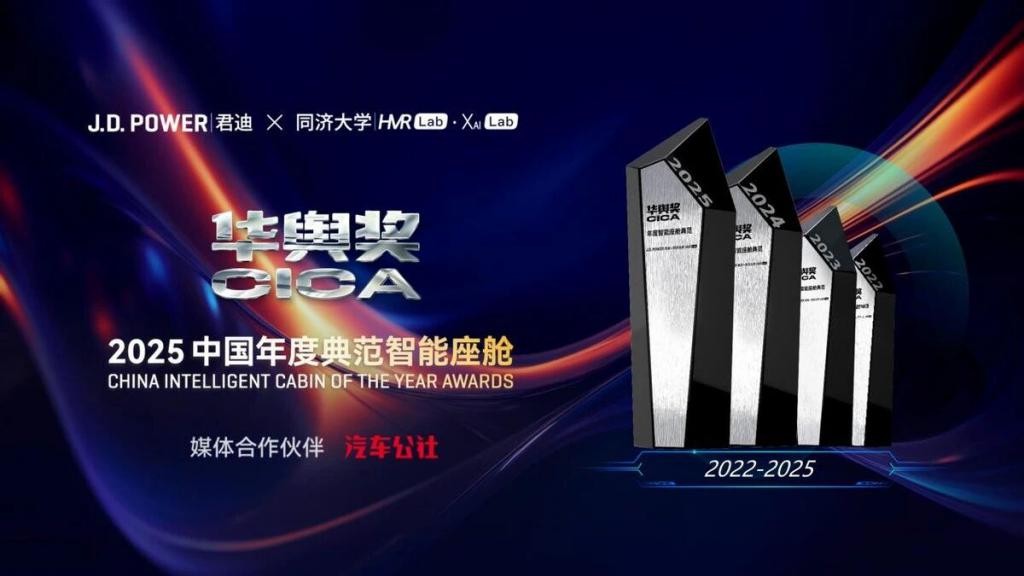
Diqi Qi Yi, Jun Di has figured out "what users really need" over the past 57 years. When it comes to Jun Di, it is well-known for its extensive and in-depth research scope (over 6 million surveys annually), strong data integration capabilities, diverse research perspectives, unique insights, and authoritative research data. It enjoys a high reputation in the automotive industry, and the reports it publishes can more accurately reflect the state of the industry, providing important bases for enterprises to formulate strategies.
The evaluation of intelligent cockpits cannot be separated from the actual usage scenarios of users. JunDi has accumulated a vast amount of data "from user behavior to demand pain points." This "user-centered" research logic avoids the pitfalls of "technological showmanship" and returns to the most authentic car usage and evaluation status of consumers, ensuring that the evaluation of the Huayu Award is not "a castle in the air," but precisely hits the points that users genuinely care about.
The second aspect of confidence is the synergy between the two laboratories, breaking down "experience" into quantifiable hard metrics. In fact, user research alone is not enough; the "intelligence" of the smart cockpit also requires technical validation. For example, HVR lab has been focused on research in the smart cockpit of smart vehicles, and has established a dedicated simulated driving laboratory. Testers use interactive functions while driving the vehicle, and then an eye tracker records the duration for which the user’s gaze is off the road. Additionally, there are more complex and interactive cross-tests that reflect the capabilities of a smart cockpit.
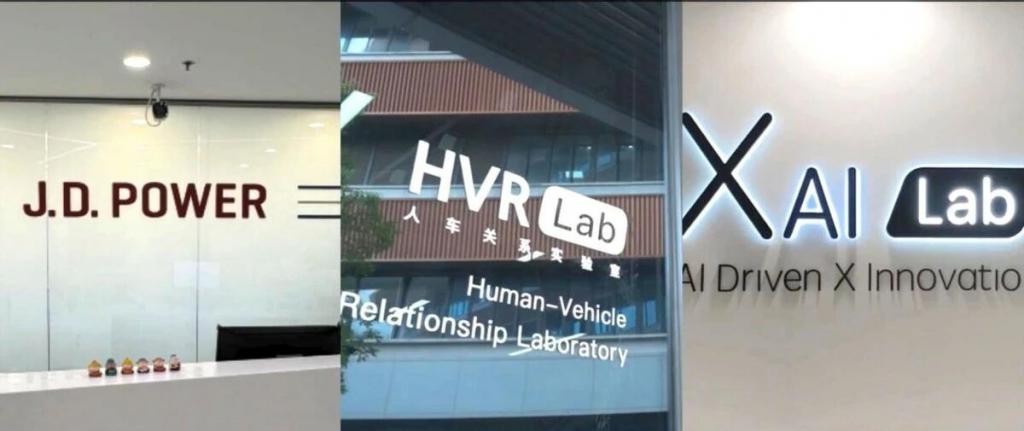
XAI Lab focuses on AI+ smart cockpits, conducting interdisciplinary research around automotive, design, and artificial intelligence. In cockpit evaluations, the lab assesses a car's intelligence through its voice and visual capabilities, as well as the quality and efficiency of executing navigation and music tasks, and whether it has some memory capabilities. These evaluations are then summarized into six major fields: travel books, vehicle control, entertainment and chat, AIGC, among others, with a total of over 1000 usage scenarios. This essentially covers most of the current scenarios users encounter inside a vehicle, ultimately evaluating the user experience.
These technical details determine whether a smart cockpit is "truly intelligent" or "pseudo-intelligent," and this is also the key factor that distinguishes the Huayu Award from other "subjective evaluations."
The third aspect of confidence is the comprehensive coverage of evaluation dimensions. The evaluation system of the Huayu Award is not based on "single-dimension parameter comparison" but employs an Intelligent Cockpit Innovation Index scoring model (out of 1000 points). This model uses a scientific layered structure divided into HMI Performance Index (50%) and AI Performance Index (50%). Both indices adopt the calculation method of "HMI functional modules + user satisfaction score" and "AI functional dimensions + user satisfaction score," integrating user satisfaction scores with scientifically allocated weights to ensure comprehensive and accurate assessment. Among them, the HMI functional module and AI functional module respectively evaluate 7 and 6 functional dimensions, and user satisfaction is integrated with NPS recommendation value calculations.
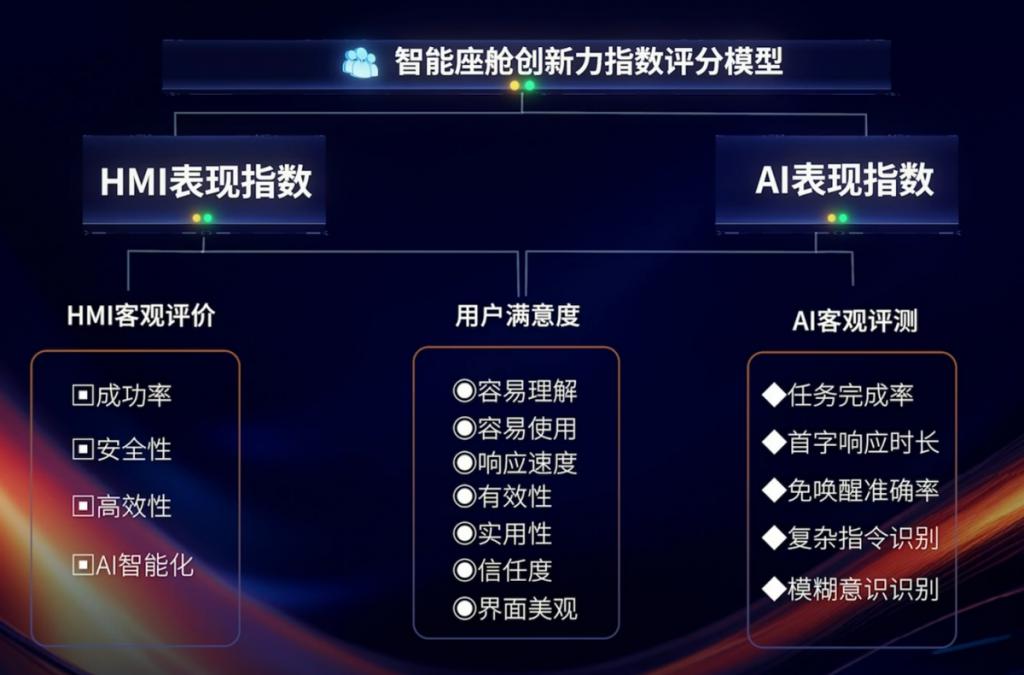
Without a doubt, the value of the Huayu Award lies in providing consumers with a "reliable measuring stick." It helps consumers differentiate between specifications and "experience," avoids the trap of "focusing on hardware but not software," aids in finding a car that suits them, and pushes the industry to return to user value. This "evaluation-driven upgrade" effect ultimately benefits consumers.
When the slogan "Smart Cockpit First" is being loudly proclaimed, the value of the Huayu Award does not lie in "choosing who is first," but in "establishing a set of standards that consumers can understand and the industry can recognize." It utilizes J.D. Power's 57 years of user research to ensure that evaluations are grounded in reality; employs dual laboratory technical support to ensure that conclusions are objective; and uses a comprehensive evaluation model to ensure that results are not one-sided.
After all, the ultimate goal of the smart cockpit is not to "become the industry leader," but to "allow every user to find a comfortable, safe, and efficient experience in the car."


【Copyright and Disclaimer】The above information is collected and organized by PlastMatch. The copyright belongs to the original author. This article is reprinted for the purpose of providing more information, and it does not imply that PlastMatch endorses the views expressed in the article or guarantees its accuracy. If there are any errors in the source attribution or if your legitimate rights have been infringed, please contact us, and we will promptly correct or remove the content. If other media, websites, or individuals use the aforementioned content, they must clearly indicate the original source and origin of the work and assume legal responsibility on their own.
Most Popular
-

List Released! Mexico Announces 50% Tariff On 1,371 China Product Categories
-

EU Changes ELV Regulation Again: Recycled Plastic Content Dispute and Exclusion of Bio-Based Plastics
-

Case Study | Clariant AddWorks™ Additives Solve Plastic Yellowing Problem
-

Mexico officially imposes tariffs on 1,400 chinese products, with rates up to 50%
-

Wanhua Chemical Transforms Annual Production of 60,000 Tons PBAT Facility to Produce PETG






